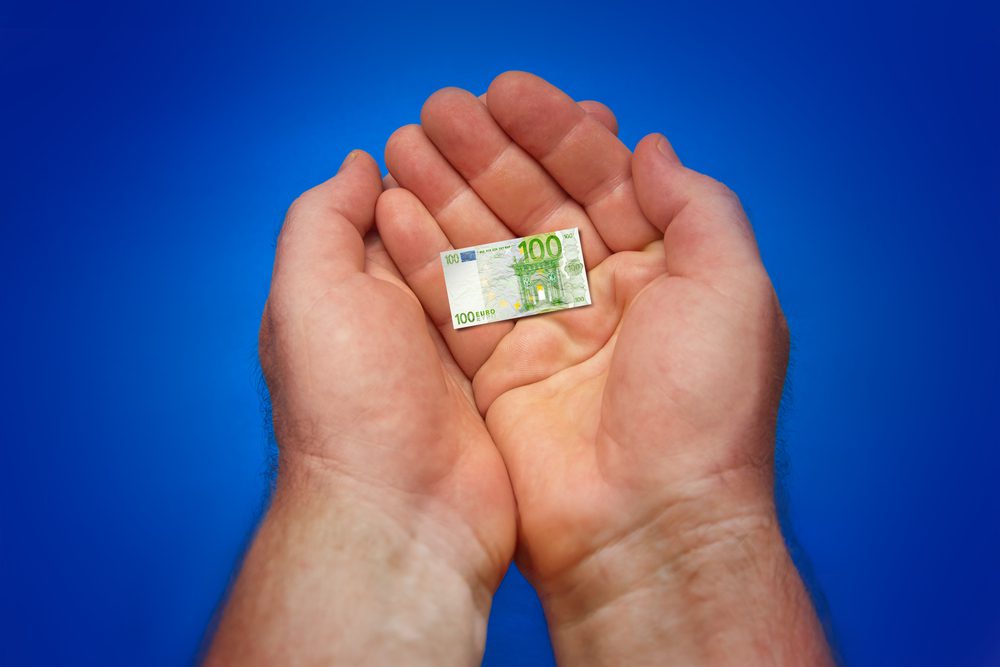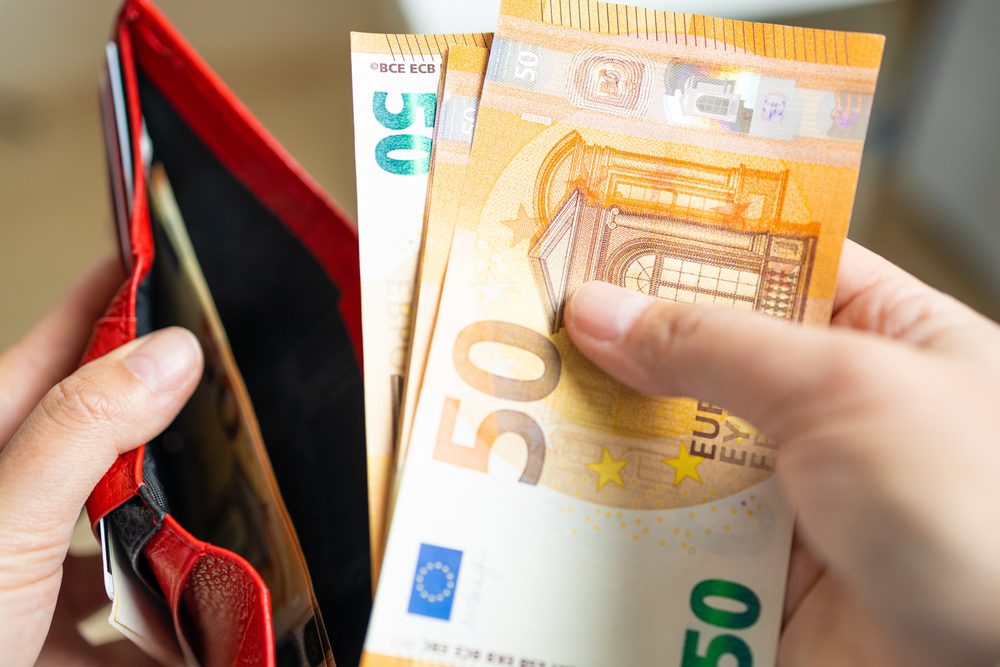
Euro-Zone Inflation Nears Its Peak
The inflation rate dropped from June to July in five countries.

The inflation rate dropped from June to July in five countries.

When the ECB raises interest rates, all other things equal it increases demand for euros on the global foreign-exchange market.

In the first quarter of this year, the euro area ran a combined trade and financial deficit vs. Russia of €-26 billion. Only the deficit vs. China was bigger, at €-38.8 billion.

Inflation in energy prices are showing signs of stabilizing; consumer-price inflation is near or at its peak.

As Croatia’s lawmakers enter the final stretch toward euro membership, it is essential that they understand exactly what happened in Greece, and why. In five short years, 2009-2014, the Greek economy imploded: one quarter of it vanished. This was a direct result of the austerity packages that the EU and the ECB forced upon the government in Athens. What will Croatia do to avoid ending up in the same trap as Greece?

Bloomberg suggests that consumers “sitting on 700 billion-euro ($753 billion) cash” is reason enough to predict macroeconomic resiliency in Europe, but this report is contradicted by findings by Eurostat on retail trade in the euro area and the EU as a whole.

A new debt crisis looks unavoidable. There is practically no interest in fiscal reforms across Europe, leaving the continent vulnerable to a destructive downward spiral of rising interest rates and structural budget deficits.

The EU inflation rate rose at varying rates from March to April, from 5.4% in France and Malta to 19.1% in Estonia.